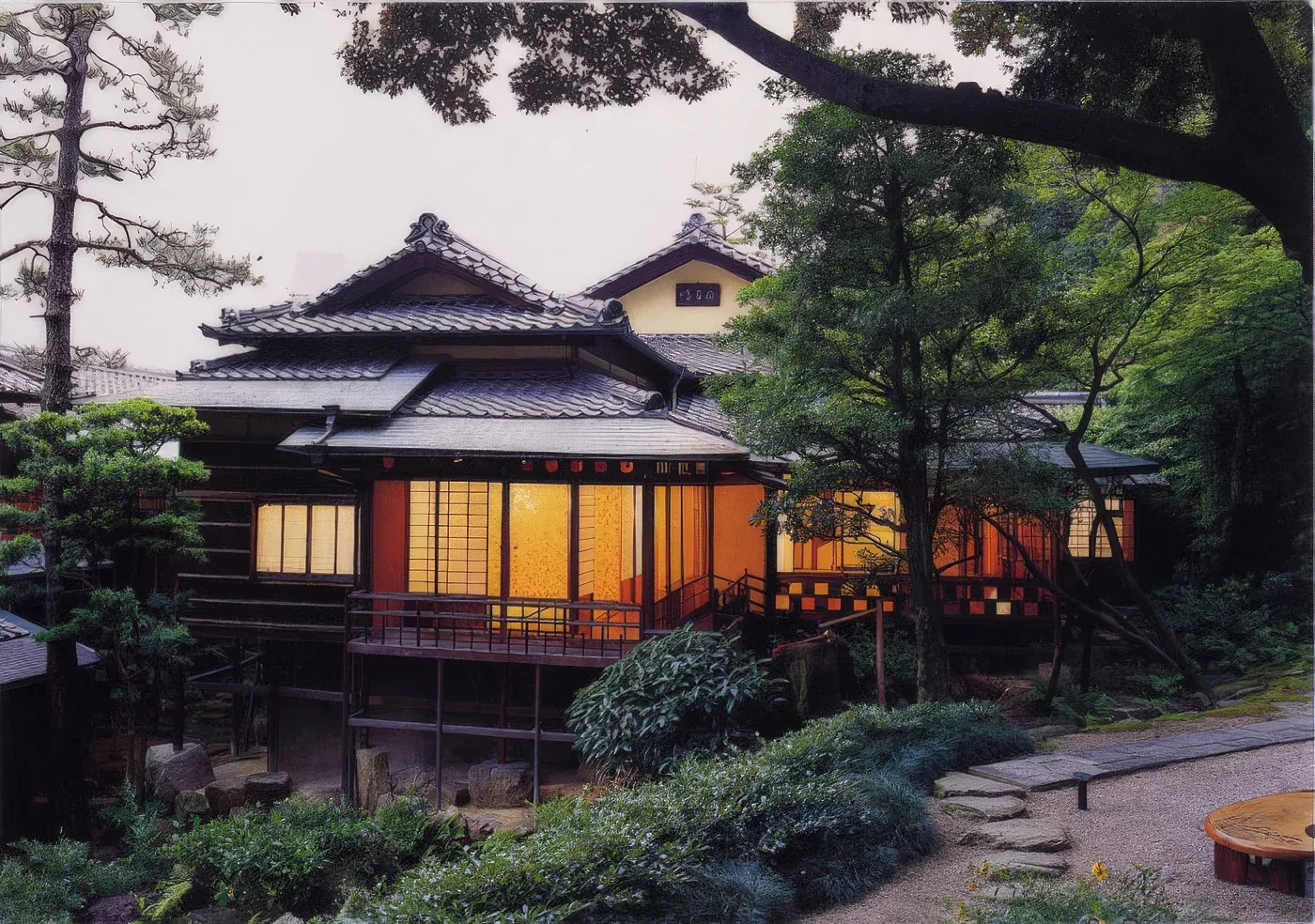Tradition, Summer, and... Fireworks!
Nestled in the heart of Nagoya, Atsuta Shrine stands as a venerable beacon of Nagoya's rich cultural heritage. With a history spanning nearly 1,900 years, this sacred site welcomes millions of visitors annually, offering a tranquil sanctuary amidst the city's hustle and bustle.

Atsuta Jingu (Atsuta Shrine)
The serenity of this place shifts to revelry on the fifth day of June each year, transforming it into a vibrant strum and hum of celebration during the annual Atsuta Festival, also known as the Shobu-sai, marking the advent of one of the best things about summer in Japan - fireworks festivals!
A Historical Glimpse into Atsuta Shrine and the Festival

This annual festival isn't just about fireworks. Atsuta Shrine, revered as one of Japan's oldest and most significant Shinto shrines, boasts a deep connection to the nation's spiritual and cultural fabric. It houses the legendary Kusanagi no Tsurugi, a sword from Japanese mythology, symbolizing valor and divine protection. This historical legacy infuses the Atsuta Festival with profound significance, drawing attendees into a centuries-old tradition of honoring the gods and welcoming in the summer season.
The Atsuta Festival is a cornerstone event in the Chubu region, celebrating the dynamic interplay between ancient rituals and contemporary festivities. It's a time when the past and present merge seamlessly, offering a unique cultural experience for locals and tourists, who bond over the excitement of the lights, smells, and maybe a few too many beers!
Tradition and Entertainment

Morning Ceremonies and Rituals
The festival begins at 10:00 with a sacred Shinto ritual at the Main Sanctuary. An imperial envoy and priests from the shrine conduct this ceremony to honor the deities, setting a reverent tone for the day's celebrations. This ritual, steeped in tradition, provides a captivating glimpse into Japan's spiritual practices.
Traditional Performances
As the day unfolds, the shrine grounds come alive with an array of traditional performances. Visitors can immerse themselves in the rhythmic beats of Taiko drumming and the graceful movements of Atsuta Kagura, a Shinto dance performed for nearly 1,800 years. Martial arts enthusiasts will appreciate the demonstrations of Kyudo (Japanese archery), Kendo, and Judo, showcasing the discipline and artistry of these ancient practices.
Cultural Exhibitions
The festival also features exhibitions of Ikebana (flower arrangement) at 14:00, where visitors can marvel at the harmonious and delicate art form. From 10:30 to 15:00, the serene practice of the tea ceremony can be observed, offering a window into Japan's meticulous and tranquil cultural traditions.
Evening Festivities: Lanterns and Fireworks
As dusk descends, the festival's atmosphere transforms into a magical spectacle. From 18:00 to 21:00, the Kento Makiwara floats, adorned with 365 glowing lanterns, are displayed at the shrine's entrances. This enchanting sight casts a warm, ethereal glow over the sacred grounds, creating a serene yet festive ambiance.
Fireworks Extravaganza

The evening culminates in a breathtaking fireworks display from 19:45 to 20:30 at Jingu Koen Park. Over 1,000 fireworks light up the night sky, their vibrant colors and patterns reflecting off the shrine's ancient trees and structures. This dazzling spectacle is the festival's highlight, drawing awe and admiration from attendees of all ages.
Experience the Festival's Unique Vibe
The Atsuta Festival is more than a series of events; it's an immersive cultural experience that blends reverence, joy, community spirit, and, well... let's admit it... a bit of drunken revelry!

The air is filled with tantalizing aromas and the colorful spectacle of festival foods like Takoyaki, Kakigori, and Okonomiyaki, available from numerous food stalls lining the pathways. The lively sounds of traditional music, the sight of attendees in colorful yukata (summer kimono), and the warm glow of lanterns all contribute to a festive atmosphere.
Schedule Of Events
| Time | Name | Location |
|---|---|---|
| 09:00 | Japanese Archery (Kyudo) | Kyudo Hall |
| 10:00 | Shinto Rituals | Main Sanctuary |
| 10:00 | Noh Performance | Nogakuden |
| 10:30 - 15:00 | Tea Ceremony | Chasoki Area |
| 11:00 | Judo Demonstration | Judo Hall |
| 13:00 | Bounote (Martial Arts for Farmers) | Bounote Arena |
| 13:30 | Kendo Demonstration | Kendo Hall |
| 13:30 | Entertainment | Main Stage |
| 14:00 | Flower Arrangement (Ikebana) | Ikebana Hall |
| 18:00 - 21:00 | Lantern Display | Shrine Entrances |
| 19:45 - 20:30 | Fireworks Display | Jingu Koen Park |
Practical Information for Visitors
What to Wear
Opt for comfortable, light clothing suitable for warm weather. Traditional yukata is a popular choice for those wanting to embrace the festival spirit. Comfortable walking shoes are essential, and sun protection like hats and sunscreen is advisable.
How Much Money to Bring
Budget around ¥2,000 to ¥3,000 for food and drinks at the festival stalls. Additional cash for souvenirs and small donations at the shrine is also recommended.
For more information about Atsuta Shrine and its history, click HERE
Pro Tip
No matter what, there will be crowds. That's just a fact. Embrace the festivities and move along with the hordes of people enjoying their festival time—and a brief respite from daily life.
The Buzz
Go early, leave late. Have that beer. Eat that funny stick thing from the stall. This is one event where Nagoya really comes to life in a weirdly joyous mess of hedonistic glory.
The Details
Date
: June 5, 2024
Festival Hours
: 10:00~21:00
Admission:
Free
Access
By Subway
Take the Meijo Line to Jingu-Nishi Station (M26)
By Rail
Meitetsu Nagoya Main Line: Jingu-Mae Station (NH33)
Meitetsu
Tokoname Line: Jingu-Mae Station (TA09)
It is a short walk to Atsuta Shrine from all of these stations.
By Car
While parking may be available, public transportation (though crowded) is probably more practical.
MAP

Nagoya Buzz
Events, local info, and humor for the international community of Nagoya, Japan.
Follow Nagoya Buzz :







Leave a Comment